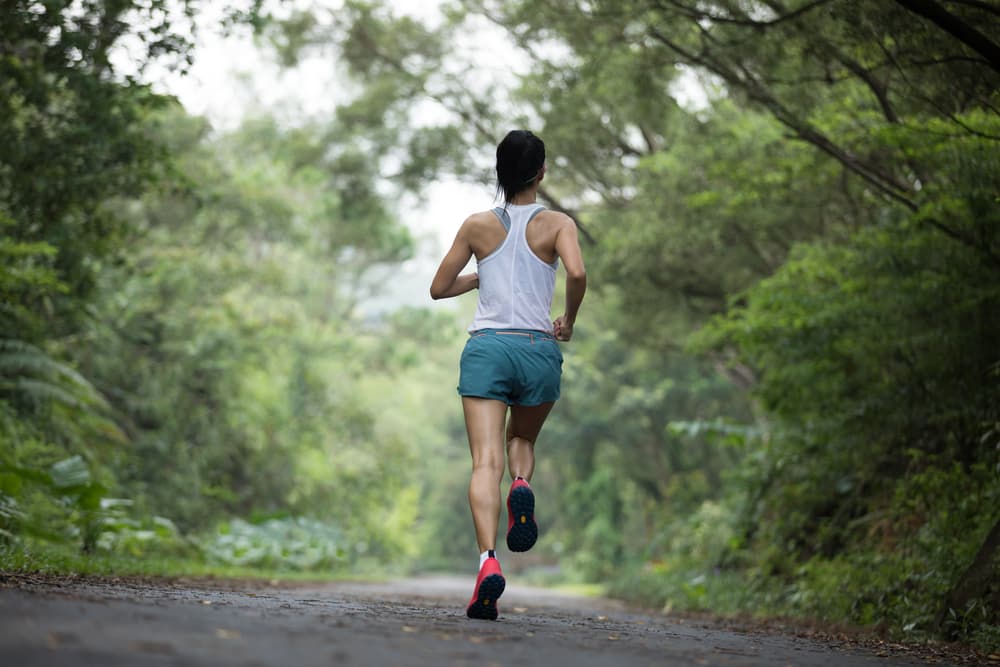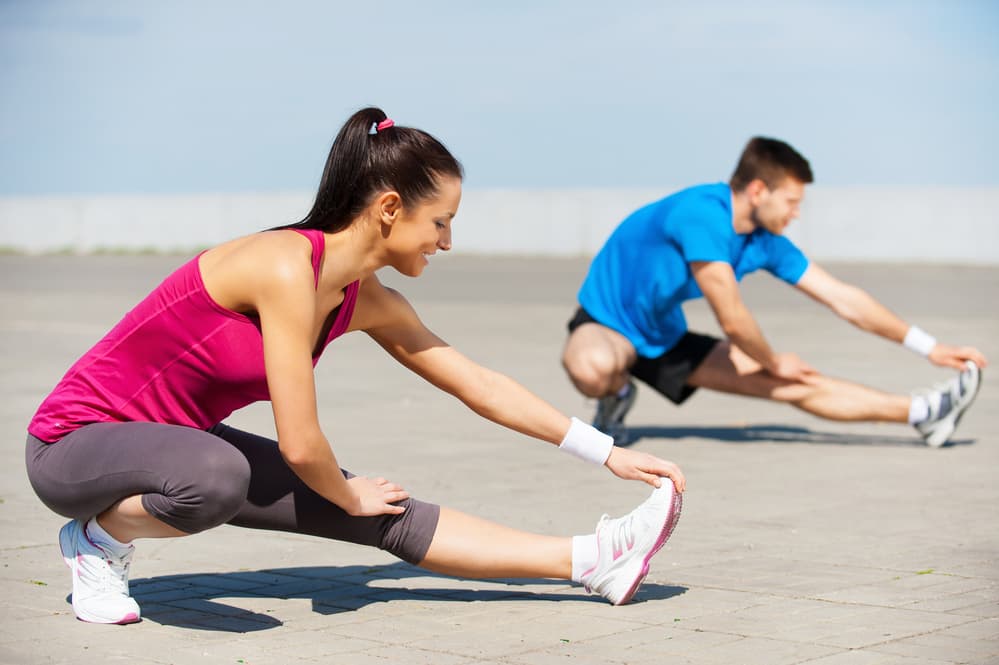
Knee pain is the most common condition that affects runners (28.1%), only secondary to foot and ankle issues (34.5%) (Kakouris et al, 2021). It can be quite a frustrating condition – in short term it affects how much and how often a runner can run and in longer terms if not treated in time and appropriately it can become a lingering issue that will affect the return to running effectively.
Both, new and experienced runners can present with knee pain. Factors that may contribute to knee pain from running include,
- sudden increase or decrease in running frequency, duration, distance, or speed,
- running on inappropriate terrain, uneven surfaces or on concrete,
- wearing inappropriate running shoes,
- inadequate muscle strength and flexibility,
- overuse from running errors,
- previous injuries that have not been addressed and treated.
Common knee injuries that are seen in runners are
- Patellofemoral pain syndrome (PFPS) / anterior knee pain
- Iliotibial band syndrome
- Patellar tendinopathy
Our physiotherapist Pallavi has put together below, some information these common knee conditions that runners may have and the role of a physiotherapist in managing them.
1. Patellofemoral pain syndrome (PFPS) / anterior knee pain
In PFPS, runners will present with pain in the front of the knee. This is worse with running or when climbing stairs up/down. This can be associated with
- clicking/clunking noise,
- swelling around the kneecap,
- feeling of instability at the knee,
- pain when squatting or kneeling and
- discomfort in the knee after sitting for prolonged periods of time
Poor muscle control and muscle imbalance can cause patellofemoral pain syndrome. This includes weakness in the quadriceps, VMO, calf muscles or weakness and imbalance between quadriceps / hamstring muscles of the leg. This could be associated with tightness in ilio-tibial band, calf muscles.
If these factors increase the load and pressure under the kneecap (patella) there could be fraying of the articular cartilage under the kneecap called chondromalacia patellae or irritation and inflammation of the fat tissue under the kneecap called fat pad irritation. Your physiotherapist can assist you further if your require any investigations or scans to rule out damage to the cartilage.
2. Patellar Tendinopathy
Runners who present with patellar tendinopathy have pain in the front of the knee. There is often a history of knee pain that has gradually worsened; typically to start with there is pain after a run. As the condition aggravates, there is pain before and after a run, and not so much during the run. If untreated, runners will experience pain during, before and after a run which tends to interfere how often they run.
Patellar tendinopathy occurs if there has been sudden change in intensity of running. Increase or decrease in load that transfers through the patellar tendon can make the tendon reactive to this load and cause pain. Associated muscle imbalance in quadriceps, hamstrings, calf, or hip muscles will contribute to the issue.
A physiotherapist can provide detailed musculoskeletal assessment to determine
- what muscles are weak,
- what muscles are tight or
- whether there are any factors that need to be addressed like footwear, the surface that you run on or intensity of running/training.
After proper assessment and diagnosis, a physiotherapist can provide a good strengthening and stretching exercise program that is tailored to your goals. They can also advise on intensity of training / running and how best to gradually increase the intensity to make sure that the tissues well adapt to the loads going through them. This helps to improve the pain, improve muscle conditioning and also in longer term prevent recurrent episodes of knee pain.
3. Iliotibial band (ITB) syndrome
In ITB syndrome, there is pain on the outside (lateral) aspect of the knee. Overloading of the tendon can cause irritation and sometimes inflammation and pain. Hip muscle weakness or instability at the ankle on the same side can contribute to causing ITB syndrome.
Exercises & Rehab for knee pain in runners
Once your physiotherapist has assessed you and determined the cause of knee pain, they can then assist you and advise you on exercises that will help to manage the knee pain, build the muscle strength, improve the flexibility in the muscles and prevent any recurrence of similar injury in the future.
These could include in combination,
- gluteal muscle strengthening
- quadriceps strengthening
- calf strengthening
- ankle and foot exercises and balance exercises
- stretching exercises
Our physiotherapist Pallavi has also put together a few strategies that could potentially help in preventing injuries from running (ref from SMA, AA).
- always warm up and warm down before running; this could be a combination of light logging and active stretching exercises to improve the blood flow and flexibility in the muscles,
- hydrate yourself before runs and always carry water on your runs,
- have a training program that helps you build gradual increase in the running intensity; sudden increase in the intensity can cause injuries,
- do swimming, cycling or cross training on ‘rest’ days and include lower legs’ strengthening and flexibility program,
- avoid running on concrete surfaces and introduce different running surfaces gradually,
- wear shoes designed for running and that suit your foot type; your physiotherapist could be able to guide you with appropriate shoe type for you,
If an injury does happen while running, always consult a physiotherapist to get it looked at and get professional help with exercises that can help you safely return to running. Contact us on (03) 9741 8268 or you may do an online booking using this link.
Written by:
Pallavi Deshmukh
APA Titled Sports & MSK Physiotherapist, MACP
